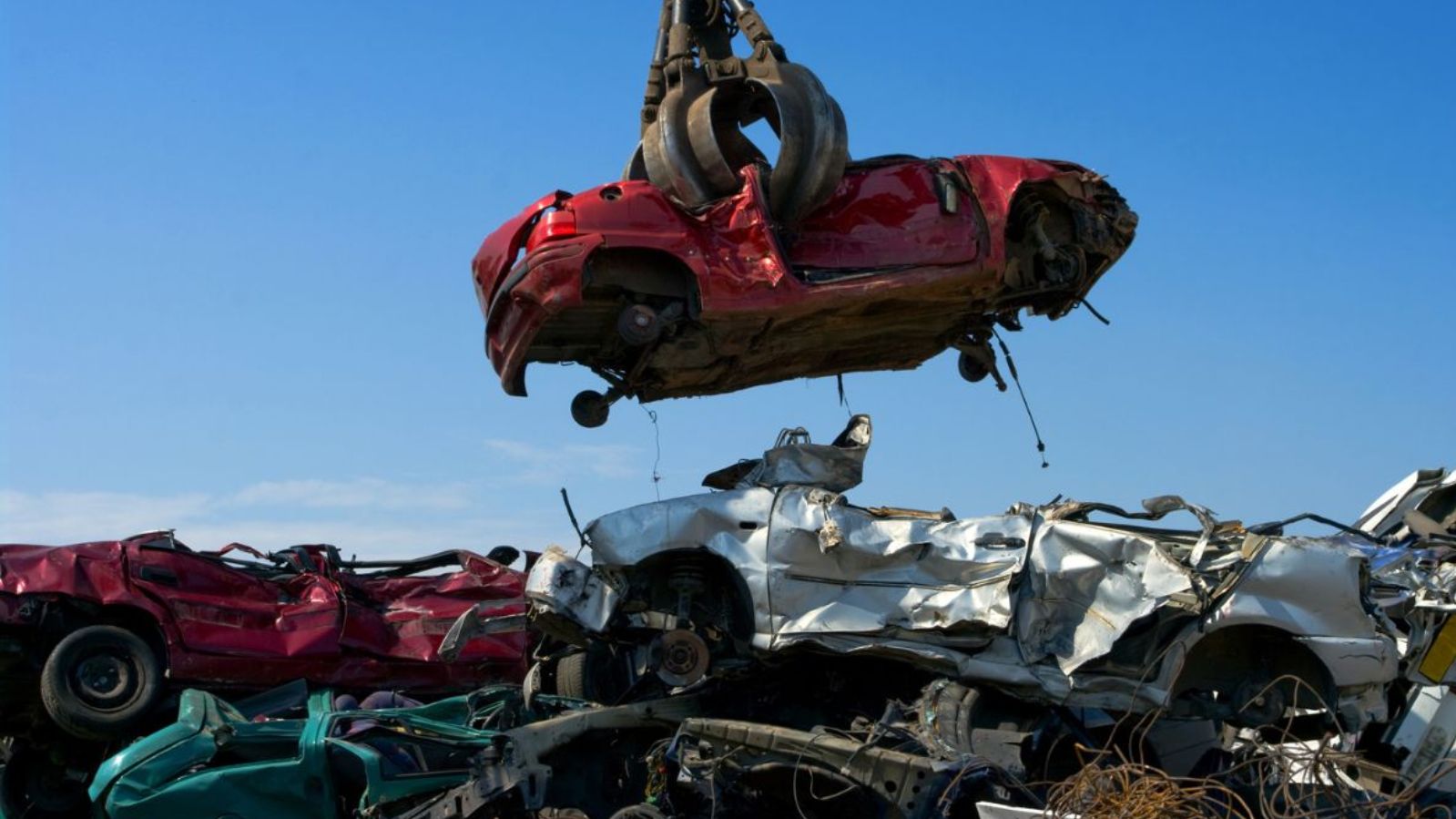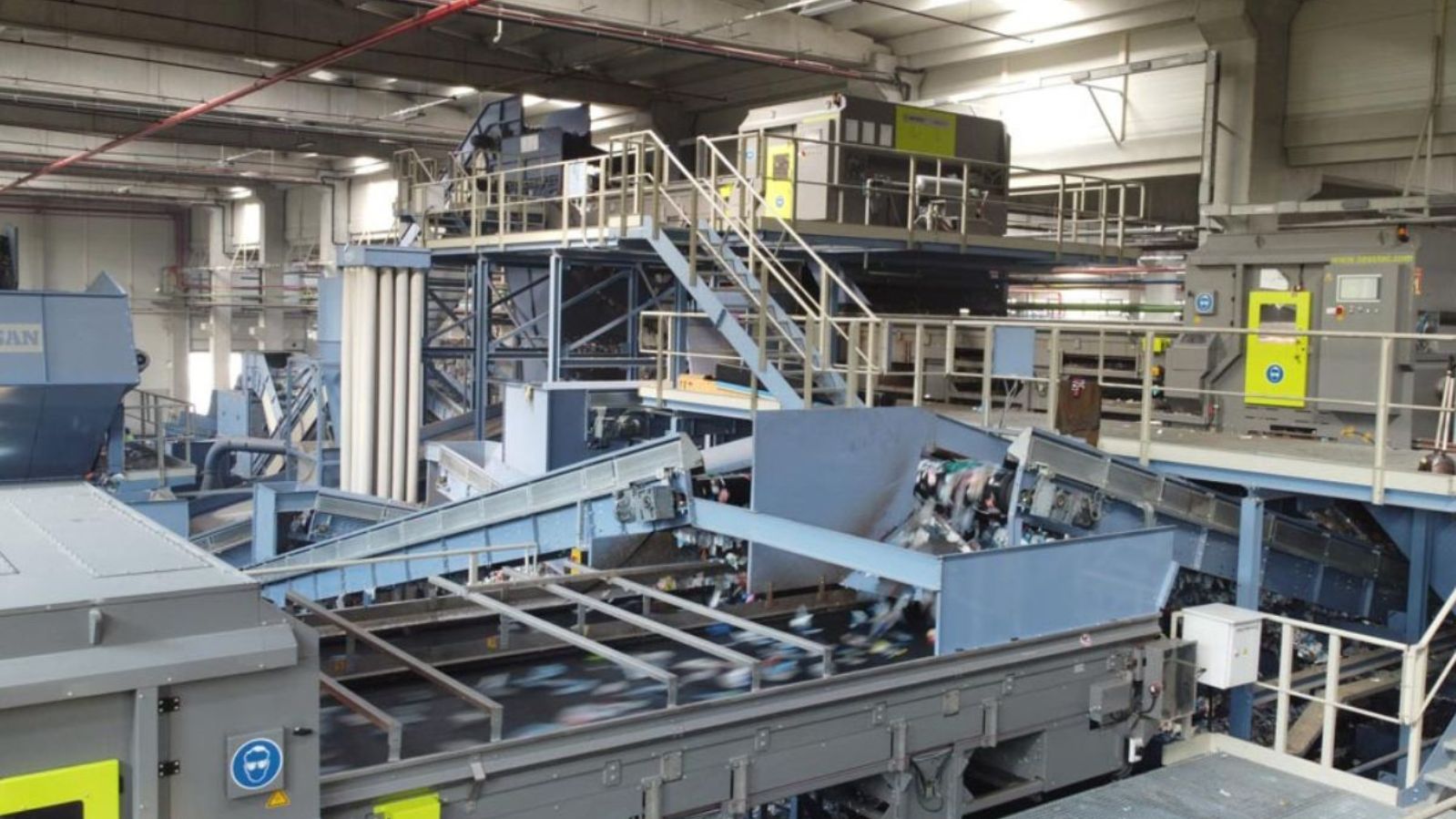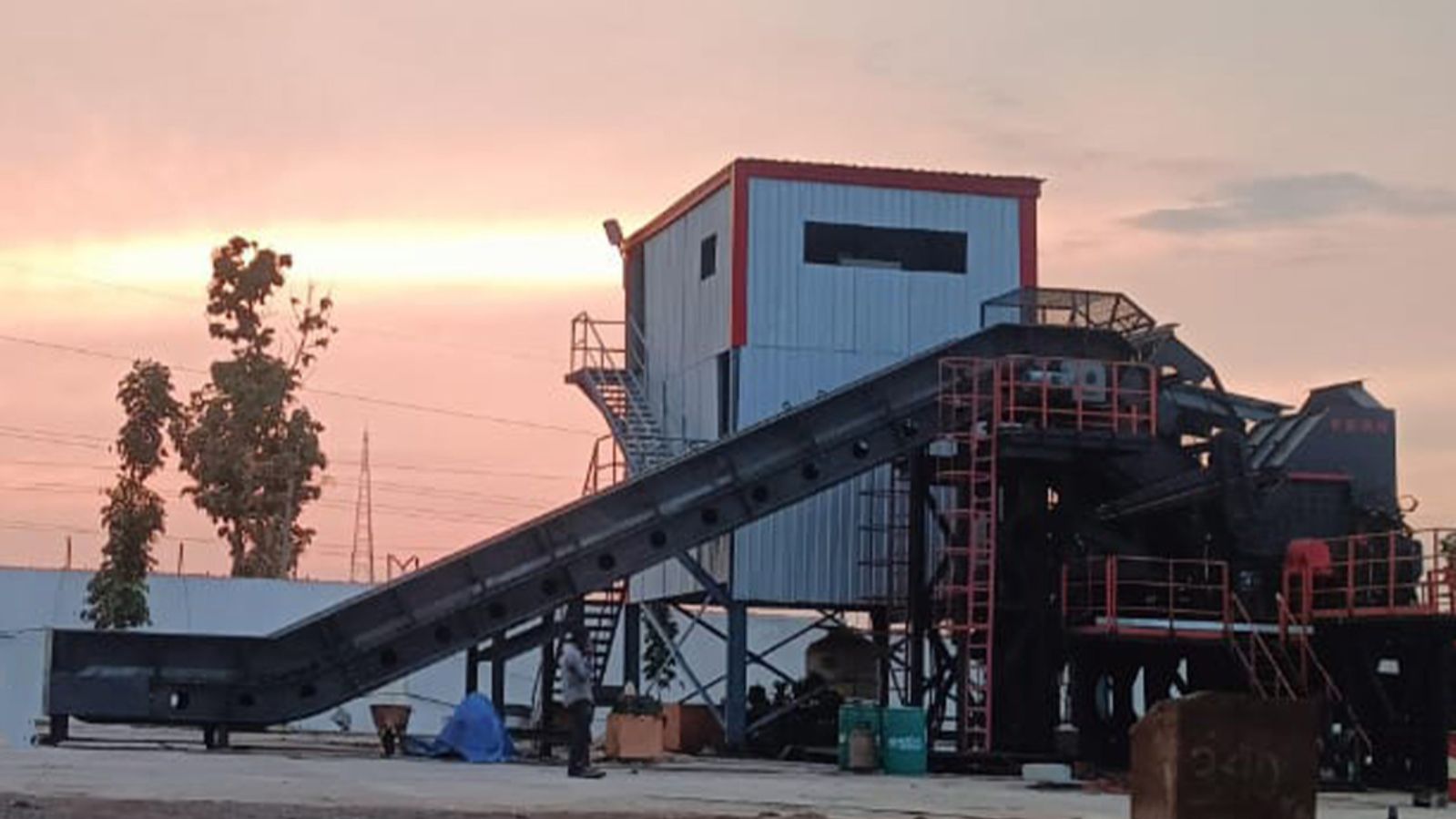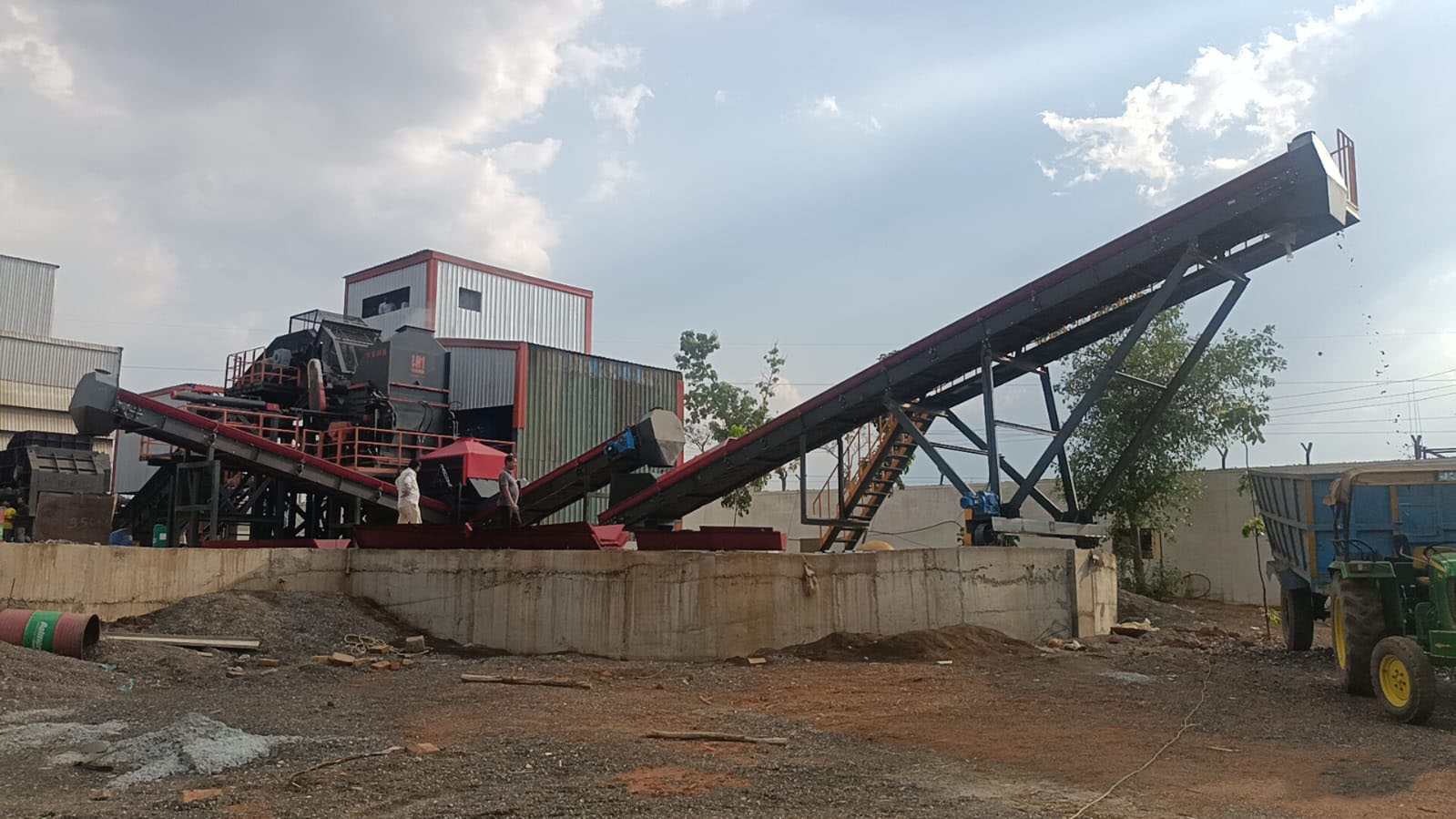
Scrap processing can be summed up as scaling up scrap for recycling or transforming the raw scrap into a form that melts quickly and is simple to feed into the furnace with the help of tools like a Scrap Shredder. This definition might not always apply due to a complex value chain, but in the end, that is what we want to achieve.
A piece of scrap is rarely in the form in which it can be recycled; there are steps and processes required to make it reach that form.
The steps are:
- Dismantling
- Segregating
- Processing
- Refining
Depending on where the scrap came from, some or all of these procedures might be altered or skipped. For instance, some equipment might require a Car Shredder, while others may need a Metal Crusher Machine or a different machine. (check blog).
The advantages of scrap Processing:
- It segregates different materials for recycling
- It lessens the amount of harmful or useless material that recyclers encounter.
- It makes scrap transportation simple and affordable.
- Depending on their needs, recyclers can select from a variety of unprocessed or upcycled scraps.
- International trade in scrap is made simpler.
Advantages of Scrap Processing for Recyclers:
- Processed scrap melts faster
- Processing scrap reduces slag production.
- Processing scrap reduces pollution.
- Processed scrap saves electricity.
- Processed scrap saves water.
- The lifespan of a furnace crucible's lining or patches is extended by processed scrap.
- The furnaces need less time to heat up.
- Yield % from a single heat increases.
- The Production of molten metal per day increases.
- The likelihood of choking in a furnace decreases.
- It is less likely for the furnace to overheat.
- The furnace floor is clean.
- The chances of accidents reduce.
- Overall, less electricity is used per ton.
- Feeding raw materials into the furnace becomes simple.





.jpg)